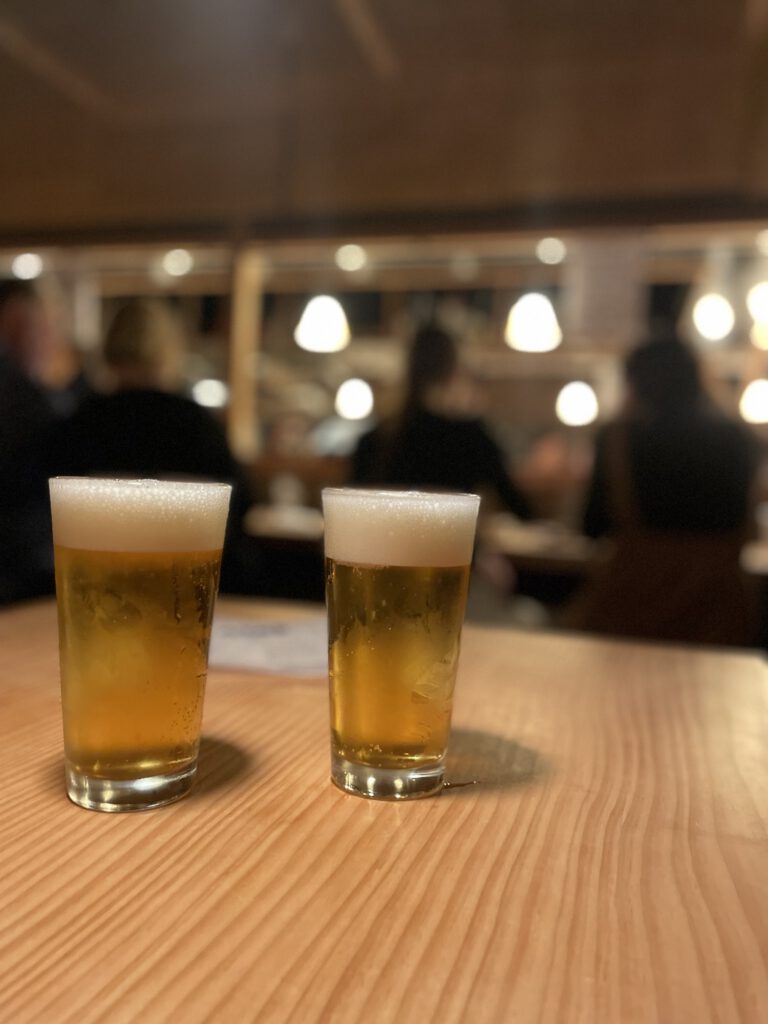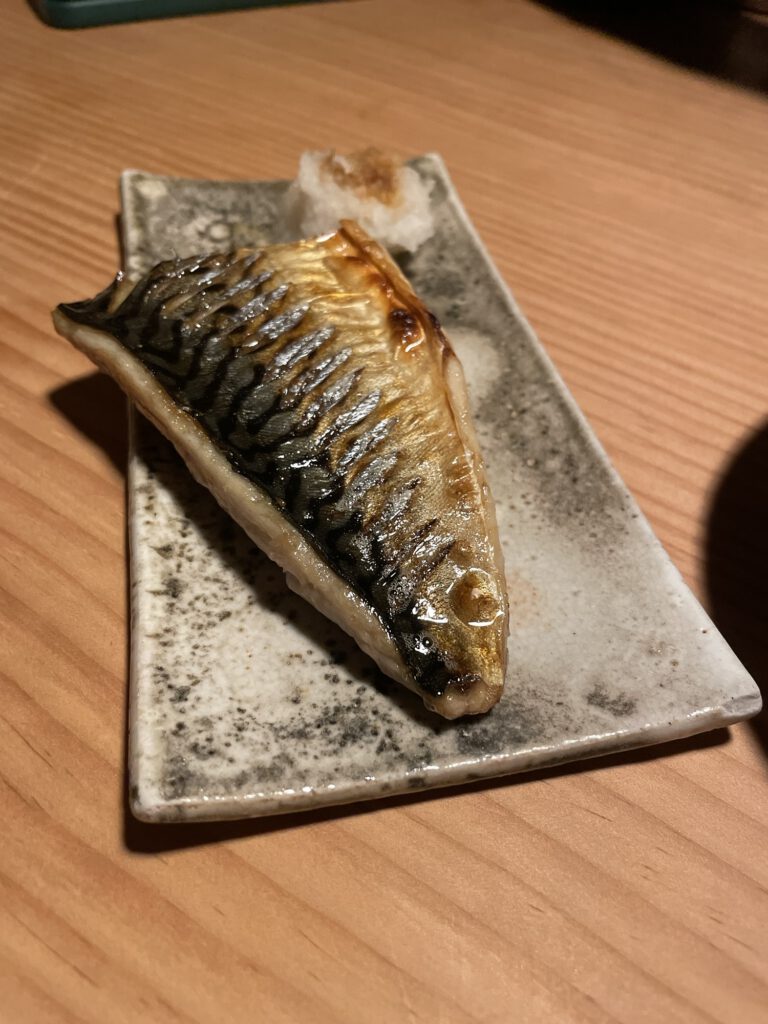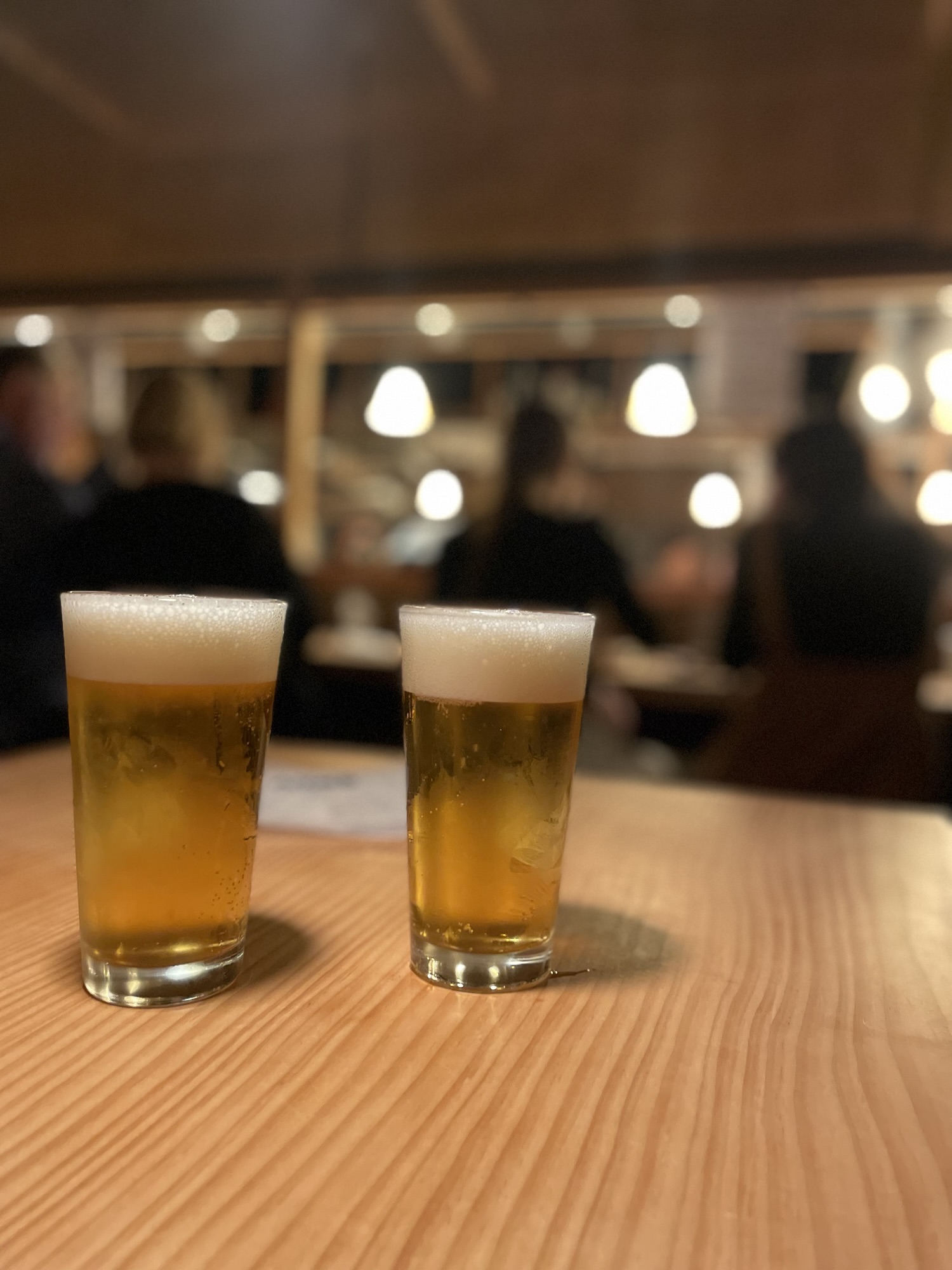Izakaya are Japanese bars or pubs that are popular for casual after-work drinking and socializing, often serving a wide variety of small, shareable dishes. They play a significant role in Japanese culture as places for relaxation and camaraderie, whether among colleagues, friends, or family.
What is an Izakaya?
– Atmosphere: Izakayas offer a casual and lively atmosphere. They are often characterized by low lighting, wooden interiors, and a welcoming vibe. Patrons typically sit at communal tables or at the bar counter.
– Food and Drinks: The menu typically includes dishes like sashimi, yakitori (grilled chicken skewers), karaage (fried chicken), edamame, and other snacks. Drinks range from sake and beer to shochu (a Japanese distilled spirit) and cocktails.
– Dining Experience: Most izakayas encourage sharing, with dishes arriving as they are ready, akin to tapas in Spanish dining culture. This fosters a communal dining experience.
History of Izakayas


– Origins: The word “izakaya” comes from “i” (to stay) and “sakaya” (sake shop), indicating establishments where patrons could sit and drink. The concept dates back to the Edo period (1603-1868) when sake shops started allowing customers to drink on the premises alongside simple dishes.
– Evolution: Over time, izakayas evolved into places offering a wider variety of foods and drinks, adapting to changing food trends and customer preferences. They became popular for their casual feel and affordability.
– Post-War Era: In the post-WWII period, izakayas flourished as part of urbanization and economic recovery. They became integral to the “salaryman” culture, providing a venue for employees to socialize after work.
– Modern Izakayas: Today, izakayas range from small, traditional establishments to large, modern chains, each offering a unique take on the izakaya experience. They continue to be a staple of social life in Japan and have also gained popularity worldwide.


